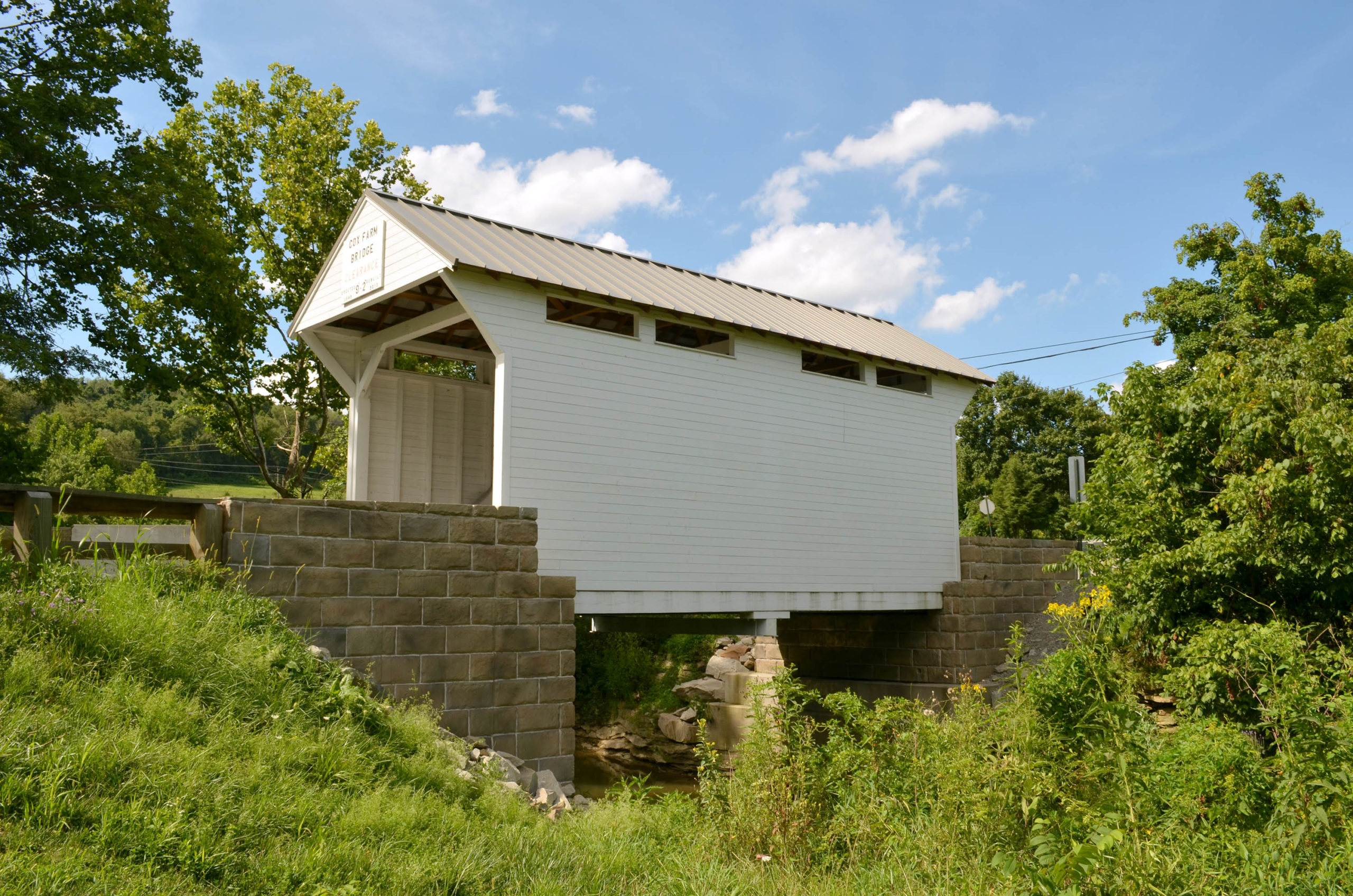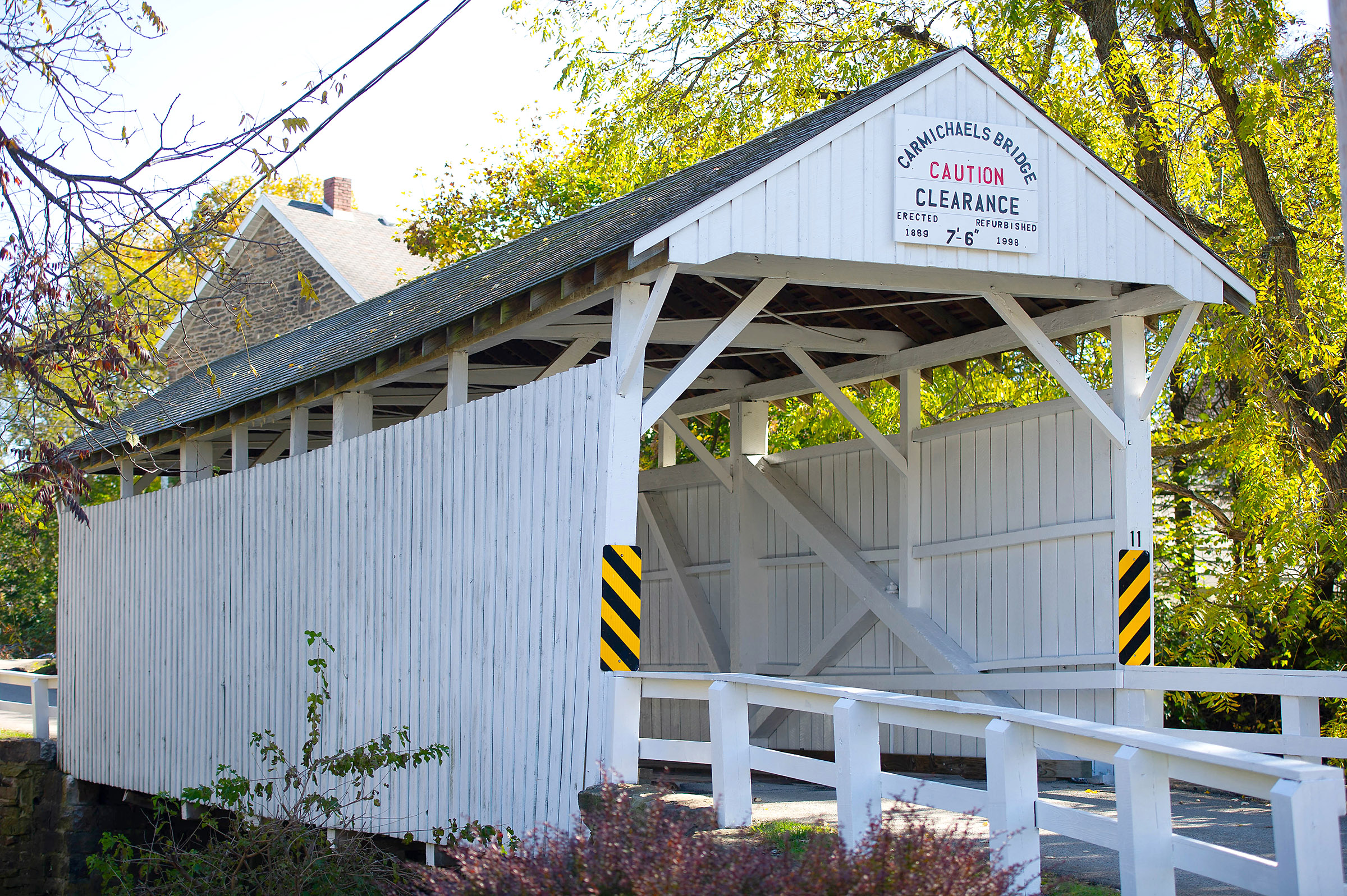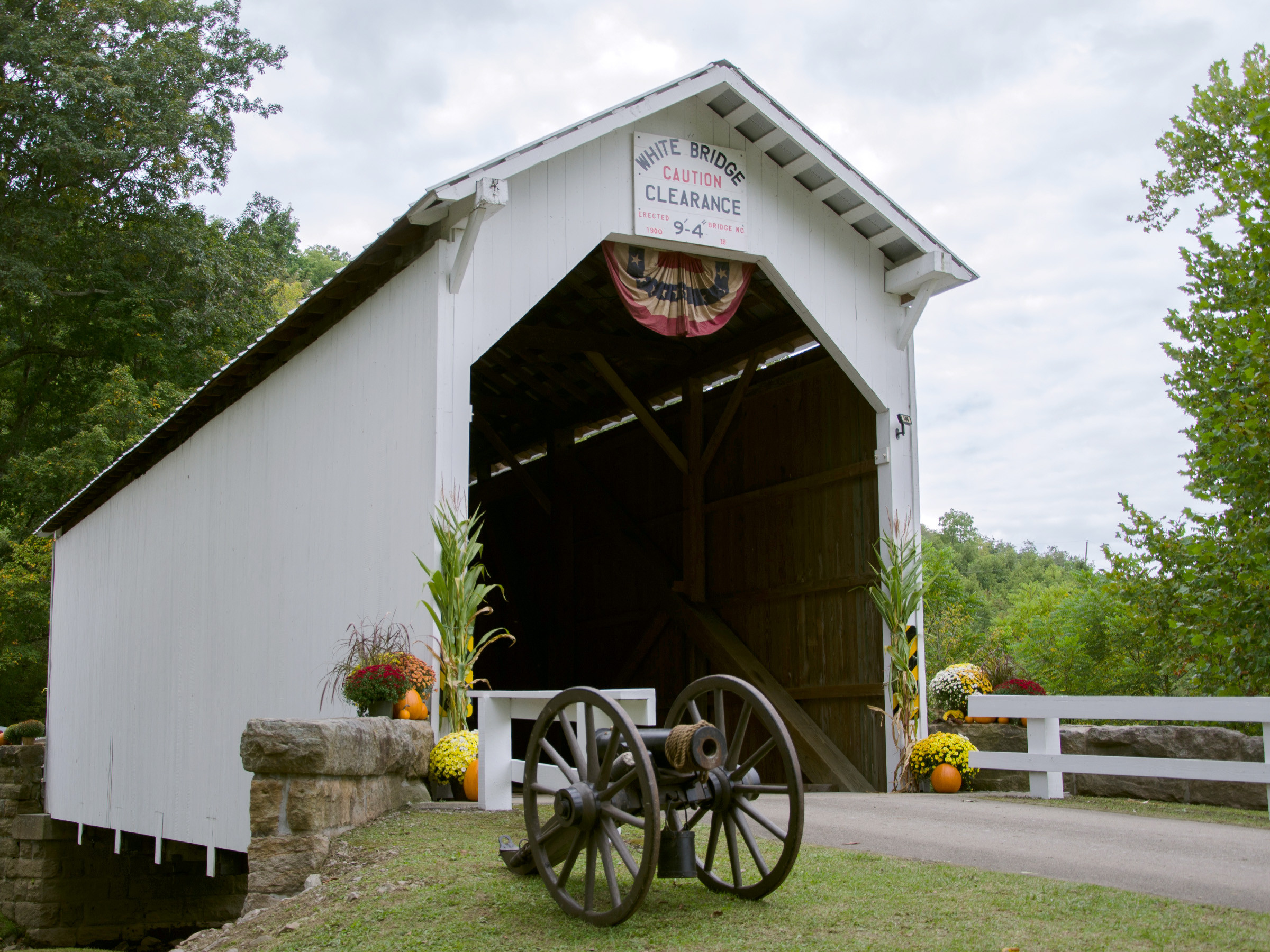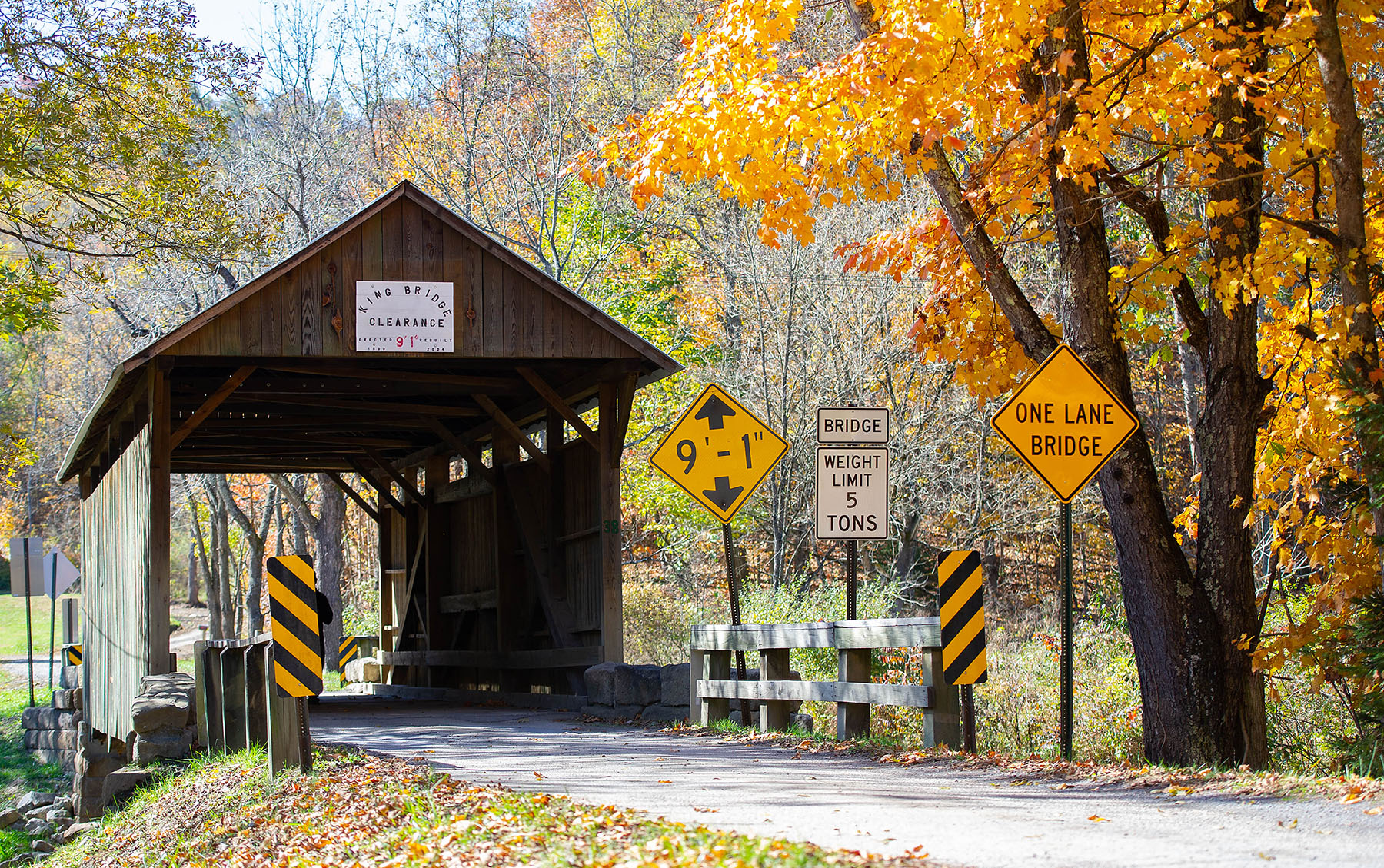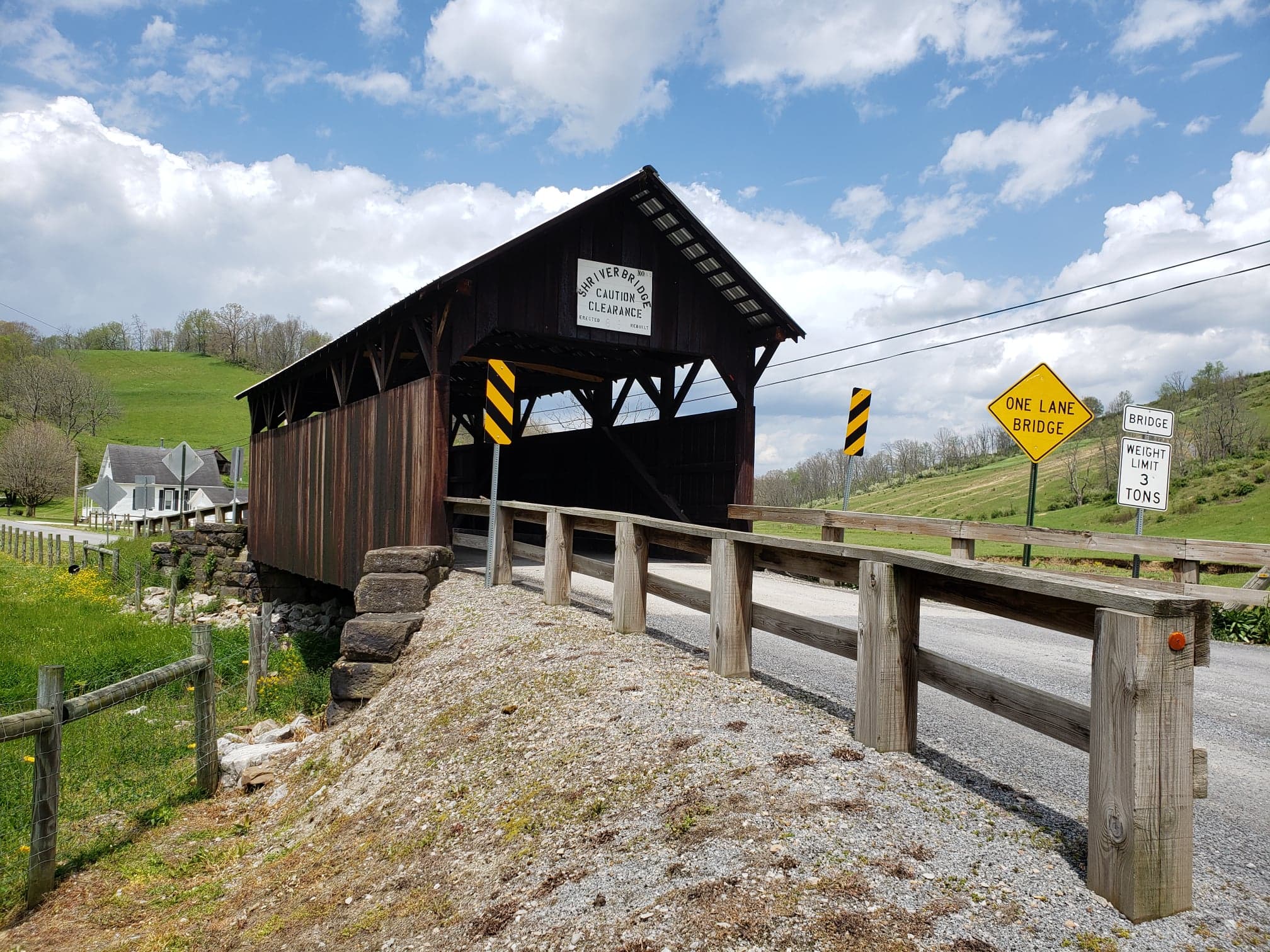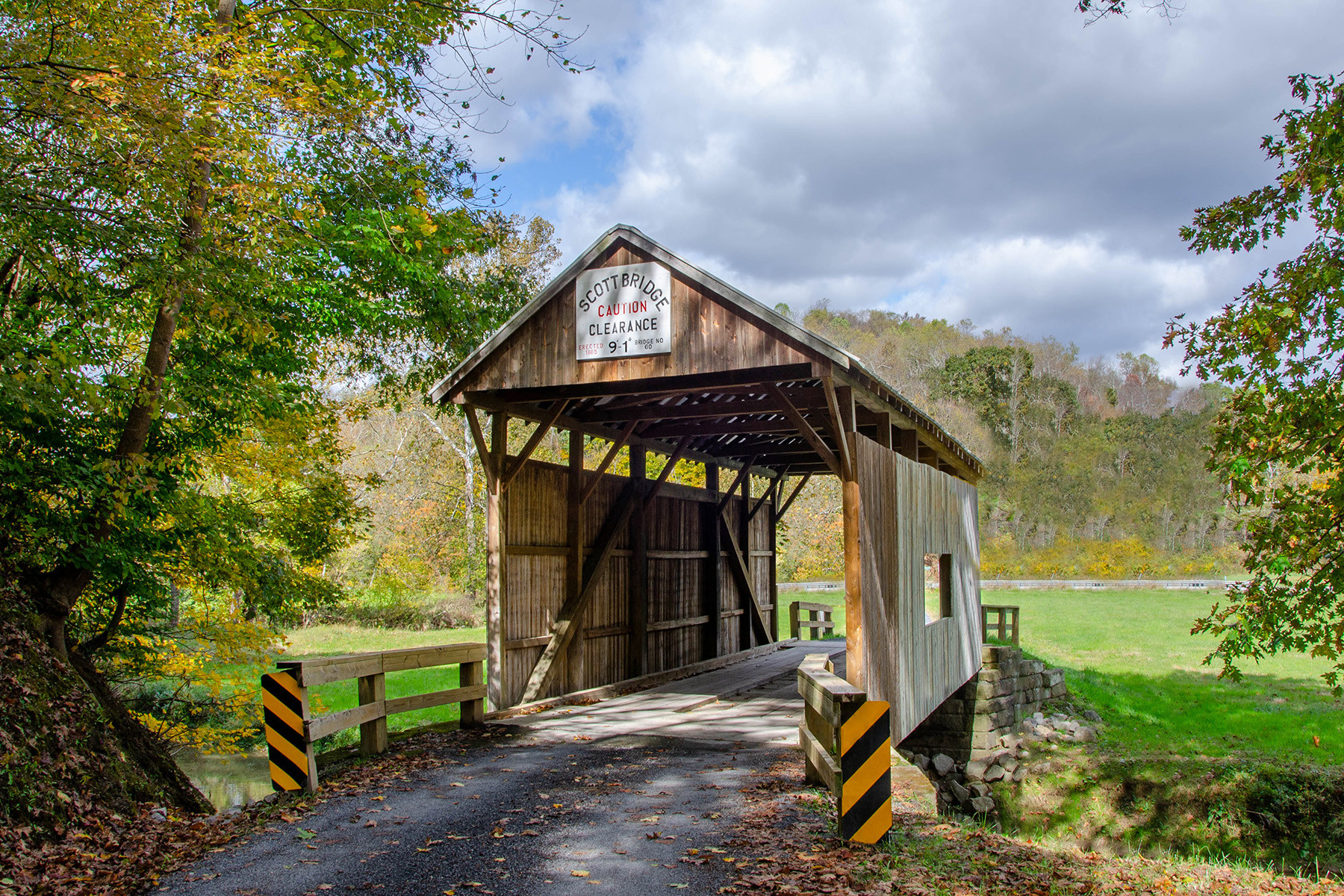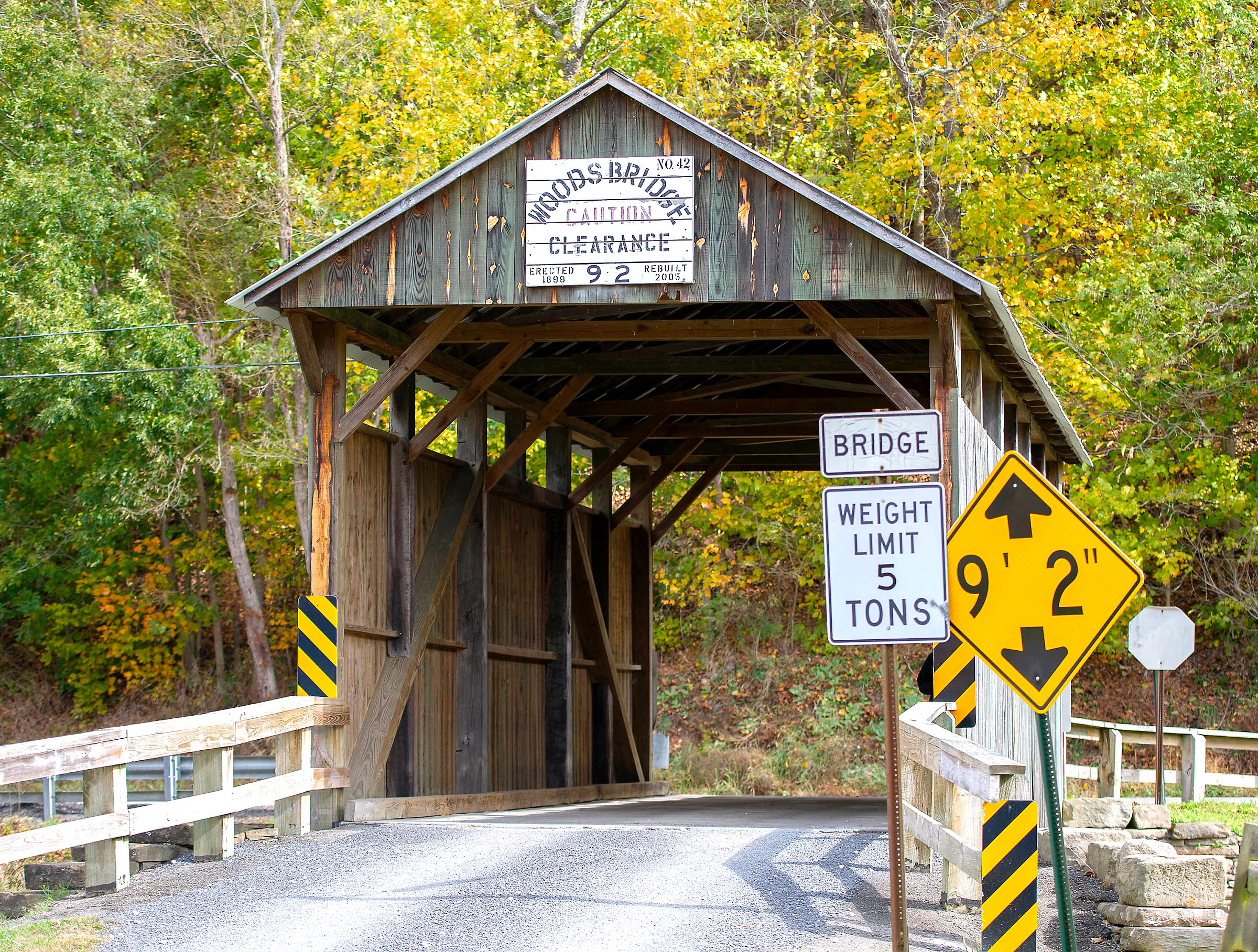Highlight! Carmichaels
In the summer of 1767 a group of men, with their families and slaves, came to this area bringing with them seeds, tools, furniture, livestock and other necessities. Among these were James Hughes, Thomas Hughes, John Swan, Charles Swan, Henry VanMeter, Jacob VanMeter, John Carmichael and James Carmichael.
Thomas Hughes first settled in the area known as Old Town. His cabin, which was burned down by Indians, was located close to where the Pennington Greenhouse later stood. It is recorded that it was Thomas Hughes who named this location Old Town.
On July 24, 1780, Thomas Hughes sold 360 acres to James Carmichael. By 1781 James Carmichael had acquired 809 acres of land. James Carmichael had a vision of a town, which he first called Lisbon. He began laying out a map that included a town square and lots which would be 50 by 150 feet, with the main road running north and south and called it Market Street, Deeds show that Market Street was also known as Main Street and Morgantown Road. The main road running east and west through town would be called George Street.
James Carmichael died in 1796 and did not have the opportunity to see his dream of the town come to fulfillment.
Dining! Carmichaels
A popular place to eat is at the Hartley Inn. Local recommend their pie for dessert, although all the food is delicious!


